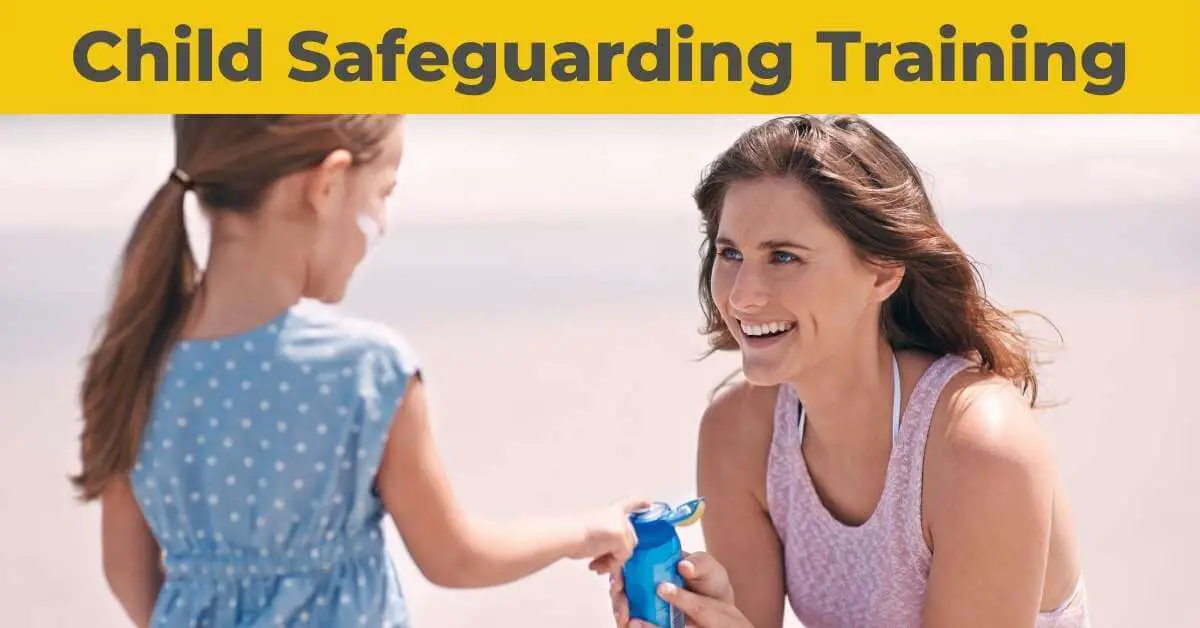Definition
Safeguarding children aims to protect children from harm. Safeguarding ensures that children are raised in settings that allow for the delivery of safe and efficient care.
Every child has the right to safety, regardless of their age, gender, ability, race, or sexual orientation. The protection of children and young people from harm is the responsibility of organisations whose work has an impact on them.
Safeguarding children entails actively putting child protection procedures into place to make sure that workplaces are secure and free of abuse, neglect, and exploitation.
Organizations can more successfully avoid harm to children and young people by setting up and adhering to excellent safeguarding policies and procedures. They are also more aware of signals of risk and can respond more effectively if harm does occur.
What is the purpose of child safeguarding?
The goal of child safeguarding is to protect all children from purposeful or unintentional activities that put them at danger of damage or cause it in the first place.
By engaging children, their families, communities, and all stakeholders consistently and meaningfully, child safeguarding aims to establish and preserve a safe culture that is child-focused and community-driven.
- Protecting children from abuse and neglect
- Preventing harm to their health and wellbeing
- Ensuring that children have a voice in decisions that affect them
- Empowering children to reach their full potential
- Actively promoting the inclusion and participation of children
- Creating a culture and environment that is safe for children
What is Child safeguarding policy and its principles?
Safeguarding children policy focuses in Working together to safeguard children. Children Safeguarding policy has following Principles
Accountability – If a young person confides in you with information that you believe may be symptomatic of abuse, you must be explicit with the person that you need to report what you have heard in the event of a disclosure.
Empowerment – It’s critical for anyone who has experienced abuse to believe they are in charge of their circumstances. In order to effectively deal with a victim of abuse or neglect, support and encouragement are essential.
Partnership – It is crucial to collaborate with your local authorities and any other services or organisations in your neighborhood that could be useful in identifying and reporting abuse.
Prevention – It is occasionally feasible to act before someone suffers harm. Knowing the warning signs and symptoms of abuse will help you recognise when something is off and will put you in a better position to raise any concerns for the welfare of an individual.
Proportionality – You should express your concerns following a safeguarding incident in a way that is suitable for the level of risk involved. For instance, it is advised to call 999 if you believe that a youngster is in immediate danger.
Protection – Being an ally for people who have endured abuse or are at risk of it is essential. The right kind of assistance and advocacy for these people can help keep them safe from additional violence.
child safeguarding vs child protection
Child safeguarding refers to a system of rules, guidelines, and practices used to make a company safe for all the kids it employs.Making the world safe for children is the goal of child protection. It describes the steps taken to safeguard particular kids from danger or risk.
As part of the safeguarding procedure, child protection is involved. It focuses on safeguarding specific kids who have been recognised as being harmed or at risk of being harmed seriously.
Among them are the child protection protocols that specify how to react to concerns regarding a child. Child safeguarding is the broad spectrum of actions that businesses must take to protect children’s welfare, safety, and wellbeing. Effective child safeguarding must permeate all of a child’s interactions with a company or group.
The organization’s representatives’ response to risk and harm, including abuse or harm suffered by a child or young person outside the organisation, must be outlined in the safeguarding policy and procedure.
Best child safeguarding training course
Nursing Revalidation provides best Safeguarding children Course.
Safeguarding is a term that describes the work and processes undertaken to minimise and manage the risks involved to vulnerable children. During this training video you will hear many facts, figures and details surrounding the risk to children, the types of abuse suffered, how to recognise the signs of abuse and key safeguarding legislations put in place to minimise the abuse of children.
The bottom line
Child safeguarding course aims to Protect children from harm and promoting their welfare. As part of the safeguarding procedure, child protection is involved. It focuses on safeguarding specific kids who have been recognised as being harmed or at risk of being harmed seriously. Among them are the child protection protocols that specify how to react to concerns regarding a child.

